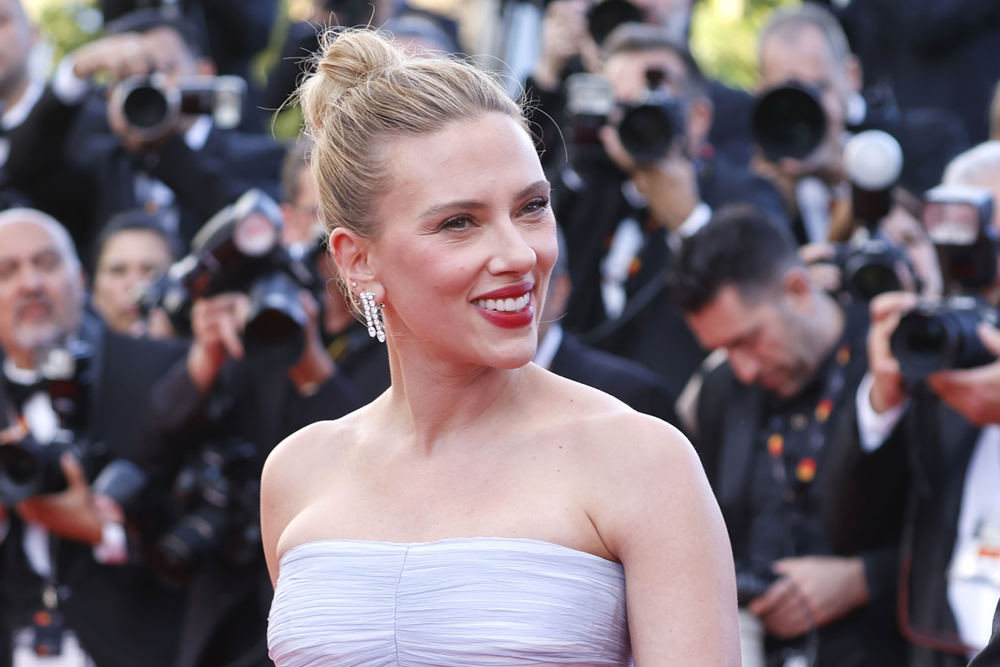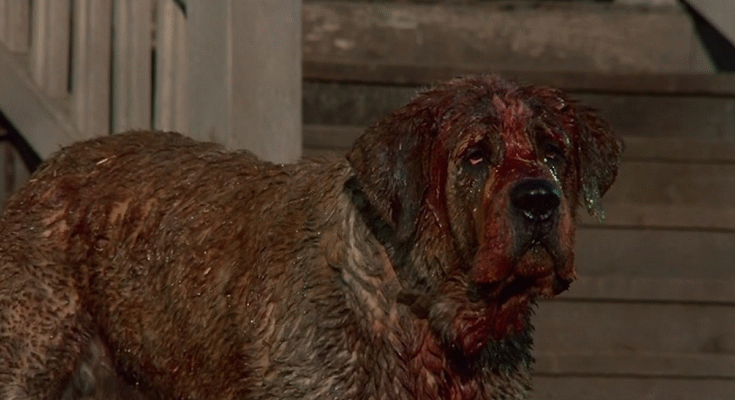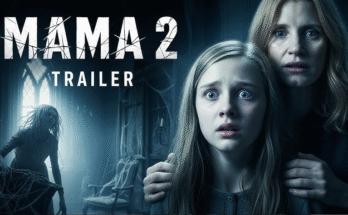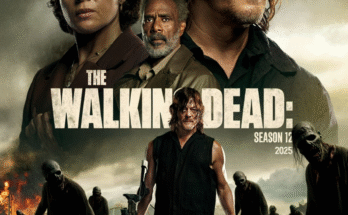Cujo (2025) takes Stephen King’s primal nightmare and transforms it into a blistering, intimate study of survival, madness, and the limits of love under pressure. Directed by Denis Villeneuve, this reimagining abandons cheap shocks for psychological fire — a slow-burn descent into fear where the true monster is time itself.

The premise remains deceptively simple: a mother, her son, and a car that won’t start. But the execution is nothing short of operatic. Gone are the 1980s camp and creature-feature tones; this Cujo is stripped, raw, and cinematic — a chamber piece played beneath an unforgiving sky.
Scarlett Johansson delivers one of the most harrowing performances of her career as Donna Trenton, a woman caught between maternal instinct and mounting panic. Her portrayal is both feral and fragile — every flinch, every whisper to her terrified son pulses with authenticity. Johansson doesn’t scream for survival; she endures it. There’s a moment — silent, breathless — where her eyes meet Cujo’s across the cracked windshield, and the audience feels the thin line between empathy and terror.

Opposite her, Jacob Tremblay as young Tad is extraordinary. His vulnerability fuels the film’s tension; his innocence amplifies its horror. When he asks, “Mom, is the dog sick?” his trembling voice becomes the film’s echoing heart — the tragedy of a child trying to name fear.
The titular beast — a St. Bernard once gentle, now rabid — is rendered with chilling realism. Villeneuve uses minimal CGI, relying instead on practical effects and animal performance to make every snarl, every stagger, feel too real to bear. The dog is not a monster — he’s a tragedy, infected by chaos, mirroring humanity’s own loss of control.
Cinematographer Roger Deakins turns the rural setting into a visual inferno. The heat shimmers, the colors bleach, and the horizon feels infinite — yet suffocating. The film’s palette — sunburnt yellows, rusty oranges, and blood-black shadows — gives the illusion of daylight horror, where escape is visible but unreachable.

The sound design is masterful — buzzing flies, creaking metal, panting breath, and the slow tick of a dying car engine. Composer Hildur Guðnadóttir builds a score that breathes like fear itself — pulsing, droning, gasping beneath each scene.
Villeneuve’s storytelling is patient and precise. He draws out time until it becomes unbearable — minutes stretch like hours, and every noise outside the car door feels like a countdown. The tension doesn’t explode; it decays.
But beneath the terror, there’s an unexpected tenderness. Donna’s whispered reassurances, her trembling lullabies to Tad, her refusal to surrender — these moments transform Cujo into something more than survival horror. It becomes a story about motherhood under siege, love weaponized by desperation.
The climax — a rainstorm, a last stand, and a final act of mercy — unfolds with devastating restraint. When Donna finally steps out of the car, weapon in hand, the line between savior and executioner blurs completely. And as the thunder fades, the silence that follows feels heavier than any scream.
💬 Film Verdict:
⭐ ★★★★☆ (9.0/10) — Unrelenting, emotional, and crafted with precision, “Cujo (2025)” redefines survival horror. Scarlett Johansson is extraordinary — fierce, broken, and unforgettable. This is not just a battle against a dog — it’s a confrontation with despair itself. 🐾💔




